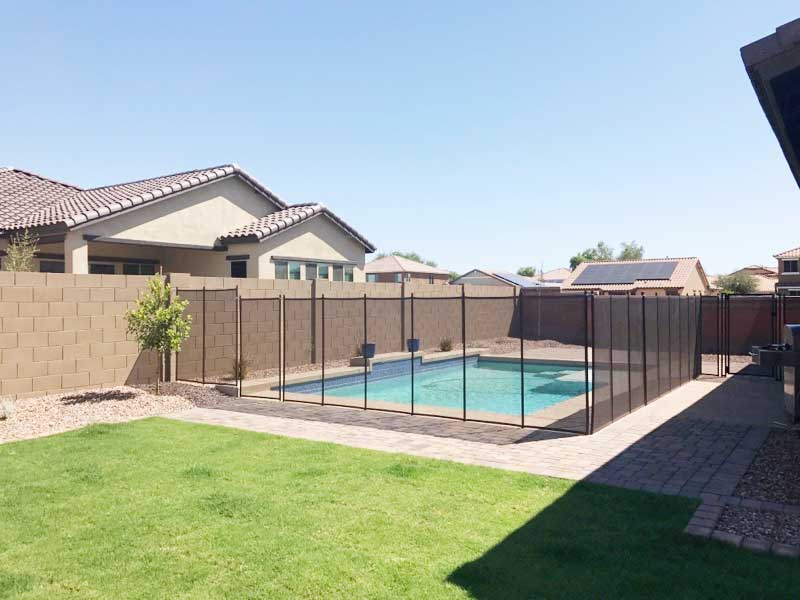What is a Patio Screen Enclosure?
A patio screen enclosure is an outdoor structure that consists of a frame made of various materials such as aluminum, wood, or vinyl and is covered with screens or mesh. It serves as a barrier between your patio area and the outdoor environment, primarily keeping out insects, debris, and other unwanted elements while still allowing fresh air to pass through. It also provides an additional level of privacy that regular patios and decks do not offer.
In addition to improving your outdoor living space, patio screen enclosures can also increase your home’s overall value. They can be designed to match your home’s architecture and style, making them a seamless and attractive addition to your home’s exterior. With a screen enclosure, you can enjoy outdoor activities such as dining, entertaining, or relaxing in comfort, without any pesky bugs or the elements bothering you.
Patio screen enclosures come in various shapes and sizes, and can be customized to meet your specific needs and preferences. They can be enclosed with screens along the sides or even have a roof covering for extra protection against the sun and rain. Different materials can be used to build the structure, each with their advantages and disadvantages.
Before installing a patio screen enclosure, consulting a professional contractor is highly recommended, as they can help you determine the cost and feasibility of the project. Key factors that can affect the cost of a screen enclosure include the size of the space, materials used, labor costs, and any additional features such as lighting, fans, and electrical wiring.
Overall, a patio screen enclosure is an excellent investment to improve your outdoor living space, provide protection from the elements and pests, and increase your home’s value. With the many customization options and styles available, you’re sure to find a design that matches your home’s look and meets your unique needs.
Benefits of Installing a Patio Screen Enclosure
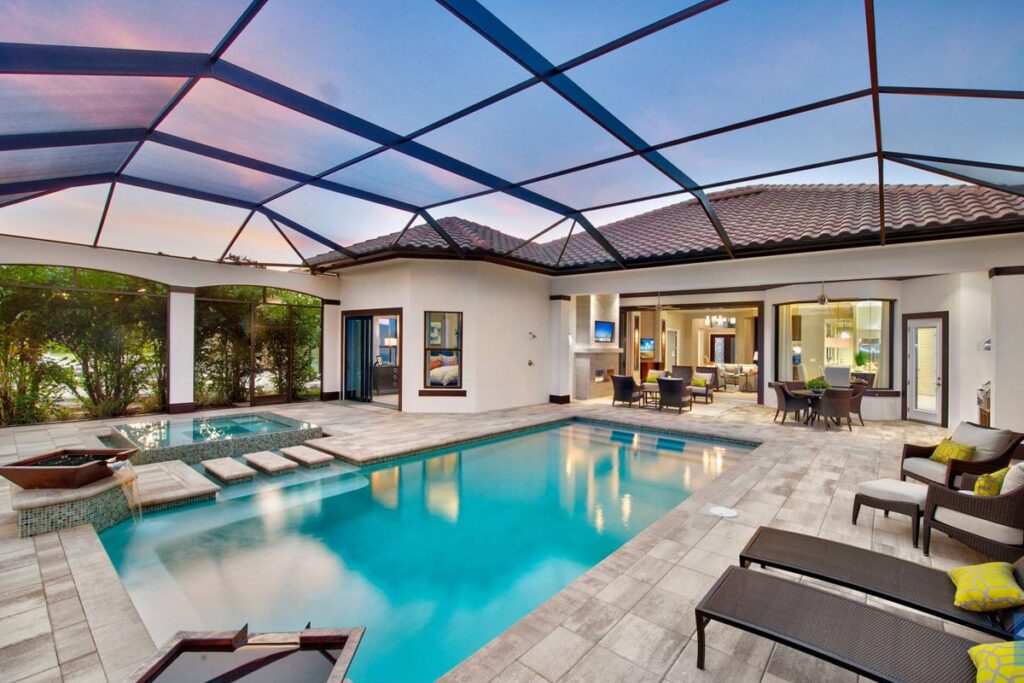
Installing a patio screen enclosure can be a game changer for your outdoor living space. Not only does it provide an attractive addition to your home, but it also has several benefits that you won’t want to miss out on.
First and foremost, a screen enclosure provides a barrier against unwanted pests. The last thing you want when enjoying your patio is to be bothered by mosquitoes, flies, or other bugs. With a screen enclosure, you can enjoy your time outside without having to worry about these pesky critters.
In addition to keeping pests out, a screen enclosure also provides protection from the elements. During the hotter months, the enclosure can provide a shaded area to enjoy the outdoors without being exposed to direct sunlight. It can also provide shelter from rain, allowing you to still enjoy your patio even during a light drizzle.
Aside from the practical benefits, a patio screen enclosure also adds value to your home. A well-designed enclosure can complement the architecture and style of your home, creating a seamless flow between indoor and outdoor living spaces. Not only will it make your home more attractive to potential buyers, but it can also increase its overall value.
Installing a patio screen enclosure also provides additional living space. It creates a designated area for outdoor activities such as entertaining guests, dining, or simply relaxing. This allows for more flexibility when it comes to hosting gatherings or simply enjoying your time outside.
When it comes to cost, a patio screen enclosure is a worthwhile investment. While the cost may vary depending on the size of the space and any additional features, the return on investment is typically high. Not only will it add value to your home, but it can provide a cost-effective way to expand your living space without the need for a full-blown home renovation.
In conclusion, the benefits of installing a patio screen enclosure cannot be overstated. From pest protection to expanded living space and increased home value, a well-designed enclosure can transform your outdoor living area into a functional and enjoyable space that you’ll love spending time in.
Cost Considerations

When it comes to installing a patio screen enclosure, cost is a major consideration for many homeowners. There are several factors that can impact the overall cost of the project, including the size of the space, any additional features, and labor costs.
One of the key factors that can impact the cost of a patio screen enclosure is the size of the space. The larger the space, the more materials and labor will be required, which can result in a higher overall cost. It’s important to consider the square footage of the area that you want to enclose and to discuss this with your contractor to get an accurate estimate.
Another factor to consider is any additional features that you want to include in your screen enclosure. Whether you want to add an outdoor fireplace, electrical wiring for a ceiling fan, or concrete pavers for the best flooring, these features can add to the overall cost of the project. However, they can also increase the value and enjoyment of your space, so it’s important to weigh the cost against the benefits.
Labor costs are another consideration when it comes to the cost of a patio screen enclosure. The cost of labor can vary depending on the experience and expertise of the contractor that you hire, as well as the complexity of the project. To get an accurate estimate of labor costs, it’s important to get quotes from multiple contractors and to ask for references to ensure that you’re hiring a reputable and experienced professional.
Other potential costs to consider when installing a patio screen enclosure include the cost of building permits, the cost of materials (such as pressure-treated wood or aluminum mesh), and the cost of any necessary electrical or plumbing work. These costs can add up quickly and it’s important to budget for them accordingly.
While the cost of a patio screen enclosure may seem daunting at first, it’s important to remember that it’s an investment in your home and your outdoor living space. With careful planning and consideration of the key cost factors, you can create a beautiful and functional space that will provide years of enjoyment and value.
Square Footage of the Patio Screen Enclosure

When it comes to installing a patio screen enclosure, one of the key factors that can impact the overall cost of the project is the size of the space. This is where the concept of square footage comes into play.
Square footage refers to the size of the area that you want to enclose in your screen enclosure. This measurement is typically calculated by multiplying the length of the area by the width. For example, if you want to enclose a patio that is 10 feet wide and 20 feet long, the total square footage of the space would be 200 square feet.
The larger the space, the more material and labor will be required to complete the project, which can result in a higher overall cost. While it may be tempting to opt for a smaller enclosure to save on costs, it is important to consider how you want to use the space in the long run.
A too-small enclosure could limit your ability to entertain guests or enjoy outdoor activities comfortably. On the other hand, a bigger enclosure can provide more space for additional features, such as an outdoor fireplace, or extra seating to accommodate larger gatherings.
To get an accurate estimate for the cost of your patio screen enclosure, it’s important to discuss your square footage needs with your contractor. They will be able to provide you with an estimate based on the size of the space and the type of materials and labor required.
It’s important to remember that every project is unique, and the cost of your patio screen enclosure will depend on a variety of factors, including the square footage of the space. However, by working with a reputable and experienced contractor and weighing the cost against the benefits, you can create an outdoor living space that you will enjoy for years to come.
Building Permit Costs
Building a new home or renovating an existing one involves several costs, including the cost of materials, labor, and legal and administrative costs. One such administrative cost that often gets overlooked is a Building Permit.
A building permit is a document that authorizes the construction, alteration, or renovation of a building project, and states that the proposed construction meets local building codes and regulations. Building permits are usually issued by local government authorities such as city or county departments.
The cost of a building permit can vary widely depending on the location, size, and scope of the project. The cost can also depend on the type of building being constructed or renovated, the materials used, and the type of work that is being done.
In general, building permit costs are calculated based on the estimated cost of the construction project. A percentage of the estimated cost, usually around 2-5%, is applied to the total project cost as the building permit fee.
For example, if the estimated cost of construction for a home renovation project is $100,000, the building permit fee could range from $2,000 to $5,000. This fee covers the costs associated with reviewing and approving the building plans, inspecting the work as it progresses, and issuing the certificate of occupancy once the project is complete.
It is important to note that failure to obtain a building permit can result in fines and costly legal issues. Additionally, unpermitted construction work may not only be unsafe but may also affect resale value if discovered during a home sale. Therefore, it is always recommended to obtain the necessary building permits before beginning any construction work.
In conclusion, building permit costs are a necessary administrative expense that should be accounted for when undertaking a construction project. The costs can vary depending on the scope of the project, but obtaining a building permit is crucial to ensure the project meets local building codes and regulations and avoid any legal and financial pitfalls down the line.
Pressure-Treated Wood or Concrete Pavers?
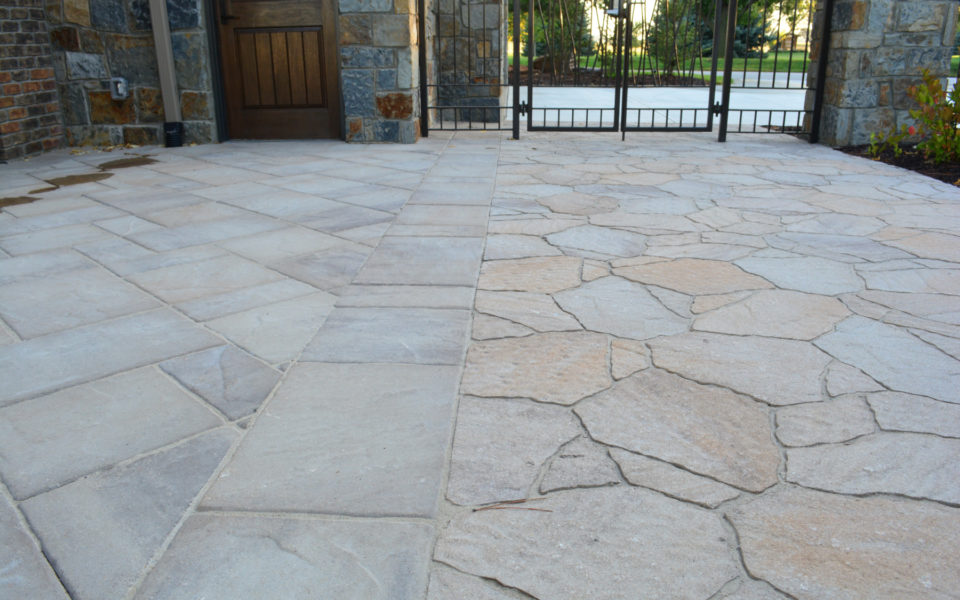
When it comes to building a patio or outdoor living space, one of the biggest decisions you’ll face is whether to use pressure-treated wood or concrete pavers for your flooring. Both materials have their pros and cons, so it’s important to consider your needs and preferences before making a decision.
Pressure-treated wood is a popular choice for outdoor flooring because it is affordable, easy to work with, and has a natural, rustic look. It is also treated with chemicals that resist rot, decay, and insect damage, which means it can last for many years. However, pressure-treated wood does require some maintenance, including periodic sealing or staining, to prevent warping and cracking.
On the other hand, concrete pavers are also a popular choice for outdoor flooring because they are durable, easy to install, and come in a wide variety of shapes, sizes, and colors. They are versatile enough to fit any design style and can be arranged in creative patterns to give your patio a unique look. Additionally, concrete pavers require little to no maintenance, aside from occasional sweeping to remove debris.
When it comes to cost, pressure-treated wood is generally less expensive than concrete pavers, making it a good choice for those on a budget. However, it may end up being more expensive over time due to the maintenance required to keep it in good condition. Concrete pavers may be more expensive upfront, but require very little maintenance, which can save you money in the long run.
Other factors to consider when choosing between pressure-treated wood and concrete pavers include the climate in which you live, the size and shape of your patio, and the amount of foot traffic it will receive. Ultimately, the decision comes down to personal preference and what works best for your specific needs and situation.
In conclusion, both pressure-treated wood and concrete pavers have their advantages and disadvantages when it comes to building an outdoor living space. To make the best decision for your project, evaluate the factors above, consider your budget and maintenance needs, and consult with a professional contractor if necessary. Regardless of which material you choose, your new patio is sure to provide an enjoyable and functional space for years to come.
Additional Features: Outdoor Fireplace, Ceiling Fan, Electrical Wiring, Solar Screens
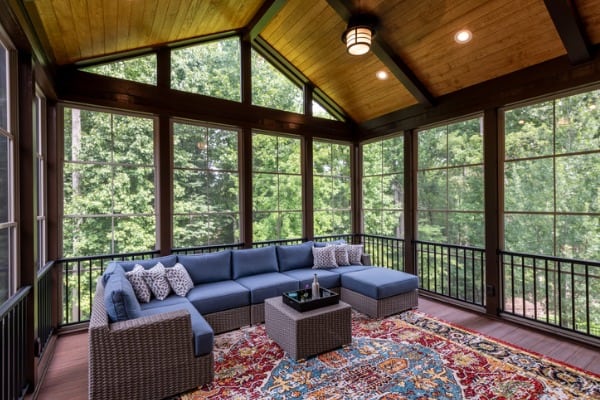
When it comes to creating the perfect outdoor living space, there are several additional features that you can add to your patio screen enclosure to make it truly special. From an outdoor fireplace to solar screens, these features can enhance the functionality, comfort, and appeal of your outdoor space.
An outdoor fireplace is a popular addition to a patio screen enclosure, especially in cooler climates. It not only provides warmth and a cozy ambiance, but it also serves as a focal point for gatherings with friends and family. Depending on your budget, you can opt for a traditional wood-burning fireplace or a more modern gas-fueled one.
Another feature that can add comfort to your outdoor living space is a ceiling fan. If your patio screen enclosure doesn’t have a roof or any overhead shading, a ceiling fan can help circulate the air and keep you cool during the warmer months. It also adds a decorative touch to the space, with various styles and finishes available to suit your design aesthetic.
Electrical wiring is another feature that can greatly enhance the functionality of your outdoor living space. It allows you to install lighting fixtures, power outlets for electronics, and even outdoor speakers for music and entertainment. Whether you plan to use your patio screen enclosure for cooking, relaxing, or entertaining, electrical wiring can make it more convenient and enjoyable.
If you live in an area with high sun exposure, adding solar screens to your patio screen enclosure can provide much-needed shade and protection from UV rays. Solar screens are made from a special mesh material that blocks out the sun’s harmful rays while still allowing natural light to pass through. They also create a sense of privacy and can reduce energy costs by reducing the amount of heat that enters your home.
When considering these additional features, it’s important to factor in the cost of installation and any permits or regulations required in your area. However, the benefits of a well-designed and functional outdoor living space can greatly enhance the value of your home and provide endless hours of enjoyment for you and your family.
Labor Costs for Installation and Any Additional Projects
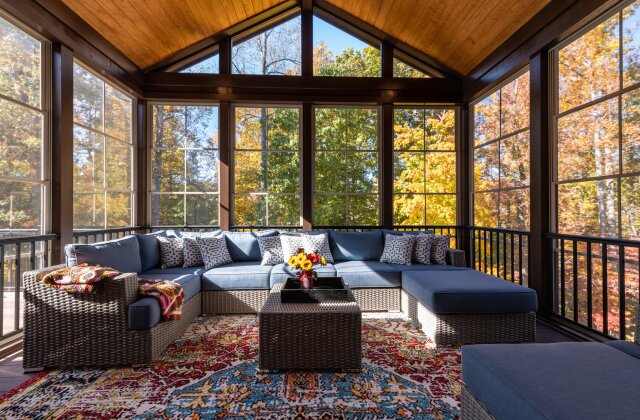
When it comes to the cost of a patio screen enclosure, one of the most significant factors is the price of labor. Hiring a professional contractor to install your enclosure can cost anywhere from a few hundred to several thousand dollars, depending on the complexity of the project and the contractor’s skill level.
Labor costs can also vary depending on the type of additional projects you want to include with your enclosure. For example, if you’re planning to add electrical wiring or install an outdoor fireplace, the labor costs will likely increase. Similarly, if you’re building a patio screen enclosure from scratch rather than retrofitting an existing structure, the labor costs will generally be higher.
Another factor that can affect labor costs is the type of materials you choose for your enclosure. Some materials, like aluminum mesh or solar screens, may be easier to work with and require less labor, resulting in lower costs. In contrast, using more complex materials like glass roofs or metal roofs may require more labor and specialized skills, which can drive up costs.
It’s also important to consider any additional labor costs that may arise during the course of the project. For instance, if your city or county requires a building permit for the installation of an outdoor structure, obtaining the permit can add to the overall labor costs. Similarly, any unforeseen issues that arise during installation may require additional labor costs to fix, so it’s always a good idea to plan and budget for contingencies.
Overall, labor costs are a significant factor to consider when installing a patio screen enclosure or any outdoor living space project. By doing your research and getting several quotes from different contractors, you can ensure that you get the best possible value and quality of work for your investment.
Cost to Screen an Existing Porch or Patio Area
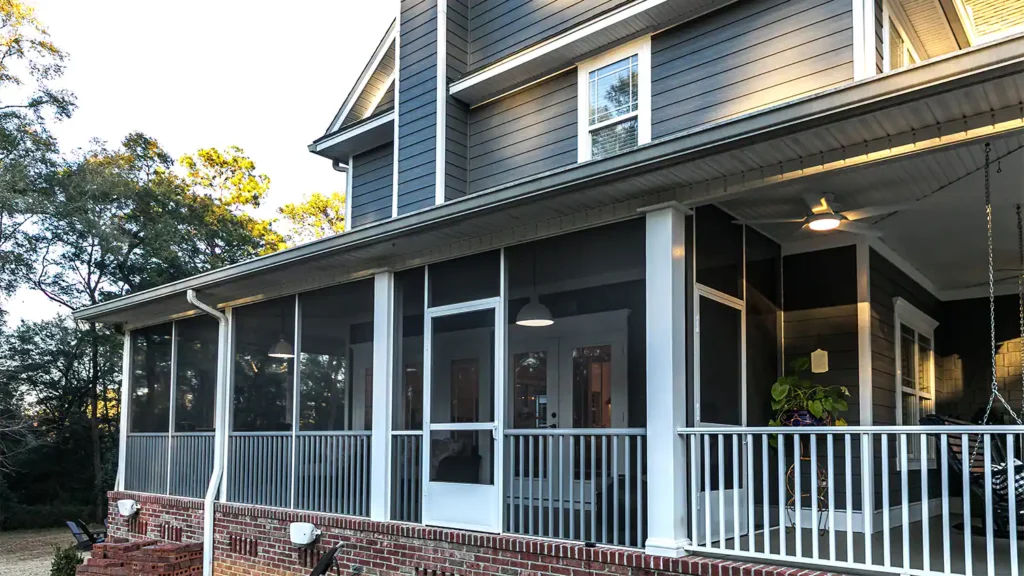
If you have a porch or patio area that you want to enjoy without the annoyance of insects and pests, a screen enclosure is a great solution. Screen enclosures not only add functionality to your outdoor space, but they also provide a stylish feature that can increase your home’s value.
One common question many homeowners ask is, “What is the cost to screen an existing porch or patio area?” The answer, of course, depends on several factors, such as the area’s size, the materials used, and any additional features you want to include.
On average, the cost to screen an existing porch or patio area ranges from $7 to $25 per square foot. The cost can vary depending on the materials used and any additional features you want to include. For example, if you choose aluminum mesh or fiberglass screen, the cost will be lower than if you opt for a more expensive option like a retractable screen. Additionally, if you want to include a ceiling fan or outdoor fireplace, the cost will increase.
Labor costs can also vary depending on the complexity of the installation. If the porch or patio area is already built, adding a screen enclosure is generally easier and less expensive than building one from scratch. However, if you have a unique existing structure that requires customization, the labor costs can increase accordingly.
Another factor to consider is whether you want to hire a professional contractor or complete the project yourself. While a DIY project may save money on labor costs, there’s a risk of making costly mistakes that could end up costing more in the long run. Hiring a professional can ensure that the job is done correctly, and you’ll have the added benefit of their expertise in selecting the right materials and features for your specific needs.
In addition to the initial cost of the installation, it’s important to consider any ongoing maintenance or repair costs. Screen enclosures can require periodic cleaning or repair, depending on the materials used and the environment in which they’re installed. It’s always a good idea to factor in these costs when budgeting for your project to ensure that you can continue to enjoy your screened-in porch or patio area for years to come.
In conclusion, the cost to screen an existing porch or patio area can vary widely depending on several factors, including size, materials, labor costs, additional features, and ongoing maintenance. By considering all of these factors carefully and working with a professional contractor who can guide you through the process, you can create a beautiful and functional screened-in outdoor space that enhances your home’s value and your overall quality of life.
Average Cost Ranges for Installing a Patio Screen Enclosure
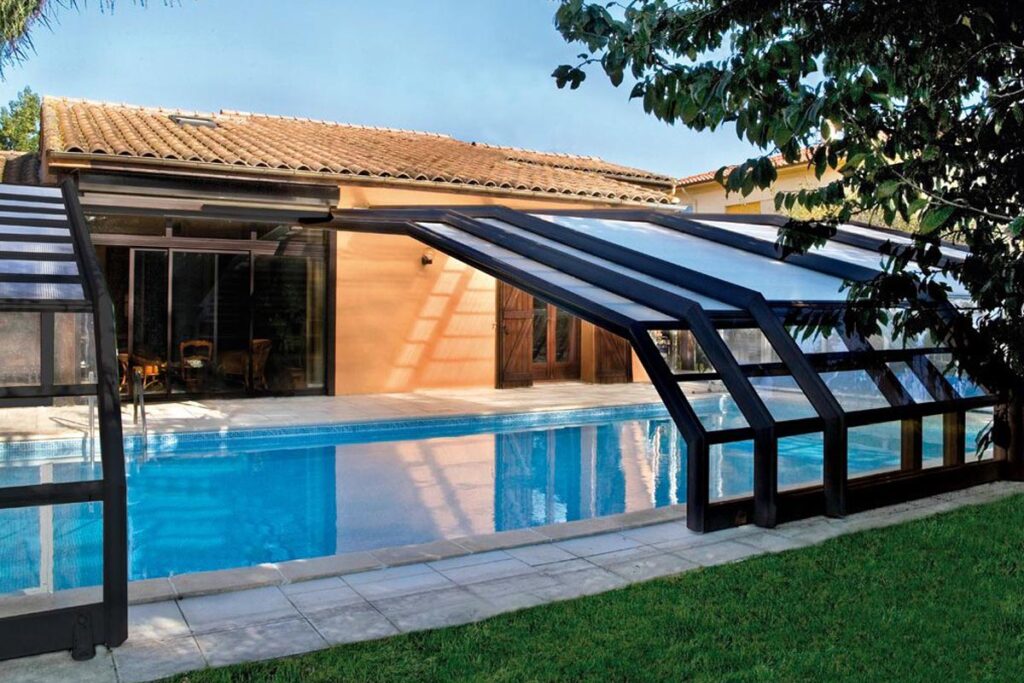
Installing a patio screen enclosure can be a great way to enjoy your outdoor living space while keeping pesky insects and other unwelcome pests at bay. However, one of the key factors when considering a patio screen enclosure is the cost. The cost can vary greatly depending on a number of factors, but here are some average cost ranges you can expect to pay when installing a patio screen enclosure:
Materials and Features
One of the biggest factors that will determine the cost of your patio screen enclosure is the materials and features you choose. The cost can range from $7 to $25 per square foot, depending on the materials used. For example, screen mesh made of aluminum or fiberglass is less expensive than retractable screens or solar screens. Additionally, any additional features you choose, such as electrical wiring, ceiling fans, or an outdoor fireplace, will increase the overall cost.
Labor Costs
Another important consideration when budgeting for a patio screen enclosure is the cost of labor. As with any home improvement project, the cost of labor can vary depending on a number of factors, such as the complexity of the project, the size of the enclosure, and the experience and expertise of the contractor. Labor costs usually range from $2 to $7 per square foot for installation.
Additional Costs
In addition to materials and labor costs, there may be additional costs associated with installing a patio screen enclosure, such as permits, building codes, and any required inspections. For example, if you live in an area with strict building codes, you may need to pay for a building permit before installation. Additionally, if your patio or outdoor living area requires any structural modifications before installation, such as reinforcement or repairs, these costs will also need to be factored in.
Return on Investment
Despite the upfront costs of installing a patio screen enclosure, it’s important to consider the potential return on investment. A patio screen enclosure can add value to your home, increase your overall living space, and provide a comfortable outdoor living area that can be enjoyed year-round. In fact, according to some real estate experts, adding a patio or outdoor living area can provide a return on investment of up to 80%.
In conclusion, the average cost ranges for installing a patio screen enclosure can vary widely depending on a number of factors. However, by doing your research, estimating the costs associated with your specific project, and choosing a reputable contractor, you can enjoy the benefits of a comfortable outdoor living area without breaking the bank.
Return on Investment (ROI) with a Patio Screen Enclosure Project
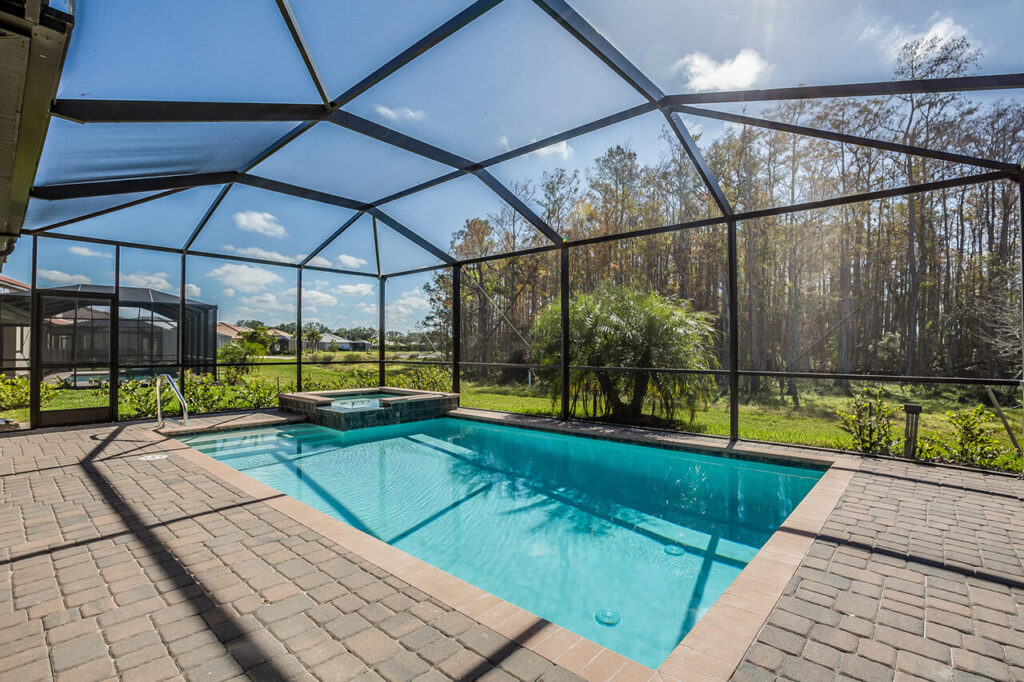
If you’re considering a patio screen enclosure project, you may be wondering if it’s worth the investment. While the upfront cost of installing a patio screen enclosure can be significant, it’s important to consider the potential return on investment (ROI) before making a decision.
First and foremost, a patio screen enclosure can add value to your home. By providing an additional outdoor living space that’s protected from bugs, sun, and other elements, you’re essentially adding square footage to your home. And when it comes time to sell, having a well-designed and functional outdoor living area can be a major selling point for potential buyers.
But ROI isn’t just about increasing the resale value of your home. A patio screen enclosure can also provide a number of benefits while you’re still living in your home. For example, it can extend the usable space of your home and provide a comfortable outdoor area for entertaining guests, enjoying meals with your family, or simply relaxing in the fresh air. And because a patio screen enclosure can be used year-round, you’ll be able to enjoy your outdoor space even when the weather isn’t perfect.
Beyond these more obvious benefits, a patio screen enclosure can also have a positive impact on your overall quality of life. By providing a comfortable and protected outdoor space, you’ll be able to spend more time enjoying the fresh air and sunshine, which can have positive effects on both your physical and mental health. And by using your outdoor space more frequently, you may find that you’re able to reduce your energy bills by relying less on air conditioning and lighting indoors.
So what’s the bottom line when it comes to ROI for a patio screen enclosure? While the exact ROI will vary depending on factors like the size and complexity of your project, it’s safe to say that a patio screen enclosure is a smart investment for many homeowners. Not only can it add value to your home and provide a comfortable outdoor space, but it can also help you save money on your energy bills and improve your overall quality of life. So if you’re considering a patio screen enclosure project, it’s worth taking the time to crunch the numbers and evaluate the potential ROI for your particular situation.
Tips for Reducing Costs and Maximizing Outdoor Living Space
If you’re considering adding an outdoor living space to your home, you might be worried about the cost. But with a bit of creativity and planning, you can create a beautiful outdoor area without breaking the bank. Here are some tips for reducing costs and maximizing your outdoor living space:
1. Consider Your Materials
When it comes to outdoor projects, there are a variety of materials to choose from. While some may be more expensive than others, it’s important to weigh the cost against the benefits and the lifespan of each material. For example, while pressure-treated wood may be cheaper upfront, it might not last as long as other options like aluminum or composite decking.
2. Don’t Overdo It with Additional Features
While it can be tempting to add all sorts of bells and whistles to your outdoor space, it’s important to consider the cost of each feature and whether they’re truly necessary. An outdoor fireplace or ceiling fan may be nice, but do you really need them to enjoy your space? Prioritize the features that will make the biggest impact on your enjoyment and leave the rest for later.
3. Plan for Labor Costs
Labor costs can add up quickly, especially if you’re hiring a professional contractor. To reduce labor costs, consider doing some of the work yourself. This could include tasks like installing pavers, building a DIY fire pit, or planting your own landscaping. Just be sure to do your research and make sure you have the necessary skills and tools before starting any DIY projects.
4. Maximize Your Square Footage
When it comes to outdoor living spaces, the more square footage you have to work with, the better. But if you don’t have a lot of space, don’t worry! There are plenty of ways to maximize your square footage without breaking the bank. Consider adding a retractable screen or creating an outdoor “room” with strategically placed furniture or screens.
5. Get Creative with Lighting
Outdoor lighting can really set the mood and make your space feel more welcoming. But instead of splurging on expensive lighting fixtures, consider getting creative with inexpensive options like string lights, solar-powered lanterns, or DIY mason jar lights.
6. Research Local Codes and Permits
Before starting any outdoor project, it’s important to research any local codes or permits that may be required. This can help you avoid costly fines or having to redo work down the line. Be sure to factor in the cost of building permits when planning your budget.
By following these tips, you can create a beautiful and functional outdoor living space while keeping costs under control. Whether you’re looking to entertain guests or simply enjoy some fresh air, an outdoor living area can be a valuable addition to your home.
Invest in Quality Materials that Will Last Longer
One of the most important factors to consider when planning any outdoor project, including the installation of a patio screen enclosure, is choosing the right materials. While the initial cost may be higher for higher-quality materials, the investment can pay off in the long run. Investing in materials that will last longer can save you money on repairs and replacements over time.
For example, instead of opting for pressure-treated wood for your patio screen enclosure, consider aluminum or composite decking. While pressure-treated wood may initially seem like a cheaper option, it can be vulnerable to rot, insect damage, and deterioration, leading to costly repairs or replacement down the line. On the other hand, aluminum or composite decking is less susceptible to damage and can last much longer with minimal maintenance.
When considering materials, it’s important to take into account their durability, resistance to the elements (such as wind, rain, and humidity), and their ability to withstand wear and tear from regular use. This is particularly important for areas that experience extreme weather conditions.
It’s also important to consider the aesthetic appeal of different materials. While some materials may be more cost-effective, they may not necessarily match the desired look and feel of your outdoor space. Opting for materials that fit the overall design aesthetic can add significant value to your home and contribute to the enjoyment of your outdoor living space.
When investing in quality materials, it’s important to factor in the cost of installation, as certain materials may require more specialized tools or expertise to install properly. However, prioritizing the longevity and durability of your outdoor space can ultimately save you money in the long term by reducing the need for frequent repairs or replacements.
In short, when planning your patio screen enclosure or any outdoor project, invest in quality materials that will last longer. Although the initial cost may be higher, the long-term benefits in terms of durability, maintenance, and aesthetics are well worth it.
Get Multiple Quotes from Local Contractors to Compare Prices and Services Offered
If you’re looking to take on a home renovation project, one of the most important steps is finding the right contractor. However, with so many options out there, it can be difficult to know where to start. One strategy that can help you find the best match for your needs is to get multiple quotes from local contractors.
Getting multiple quotes from different contractors not only allows you to compare prices, but it also gives you a sense of the services that each contractor offers. This can be particularly helpful if you’re not sure exactly what you want or need from your renovation project. By talking to multiple contractors, you can get different perspectives on what’s possible and what might work best for your home.
When seeking out quotes, it’s important to be as specific as possible about your project. This can include details about the materials you want to use, the timeline for the project, and any specific requirements you have. The more information you can provide to the contractors, the more accurate their quotes will be.
It’s also important to ask questions about the contractors themselves. For example, you might want to know how long they’ve been in business, how many similar projects they’ve completed, and whether they have any certifications or licenses. Finding a contractor who is experienced and knowledgeable can give you peace of mind that your project is in good hands.
Once you have multiple quotes in hand, take some time to compare them carefully. Look not only at the bottom-line cost, but also at the services offered, any specific guarantees or warranties, and the contractor’s overall communication and professionalism.
Remember that the cheapest quote isn’t always the best choice. While affordability is certainly a consideration, it’s also important to find a contractor who you feel comfortable working with and who can deliver the results you want.
In the end, taking the time to get multiple quotes can help you make an informed decision about your home renovation project. By doing your research and carefully weighing your options, you can find a local contractor who can turn your vision into a reality.
Do Some of the Labor Yourself to Cut Down on Labor Costs
Are you looking to save some money on your home renovation project? One way to cut down on costs is to do some of the labor yourself. While hiring a professional contractor may seem like the easiest option, there are many tasks that homeowners can handle on their own.
Before you start taking on tasks, it’s important to do some research and make sure you have the necessary skills and tools. You don’t want to end up causing more damage or spending more money trying to fix a mistake. However, with some careful planning and preparation, you can successfully complete some tasks and save money in the process.
One common task that homeowners can handle is painting. While it may take longer to do it yourself, painting can save you a significant amount of money in labor costs. Similarly, if you have experience with electrical work or plumbing, those tasks can also be tackled on your own. Just make sure to follow safety guidelines and obtain the necessary permits and inspections.
Another way to cut down on labor costs is to assist the contractor with tasks that require two people. For example, you could help with moving heavy items, demo work, or even cleanup. This can save the contractor time and can lower the overall cost.
Of course, there are some tasks that are better left to the professionals. For example, if you’re not experienced with roofing, it’s best to hire a contractor for that job. Additionally, if there are any specialized tasks or materials required for your project, it may be best to let the professionals handle it.
In conclusion, doing some of the labor yourself can be a great way to save money on your renovation project. Just make sure you have the necessary skills and tools, and communicate with your contractor to ensure everything runs smoothly. By taking a proactive approach to tackling some of the tasks, you can have a successful and cost-effective home renovation.

